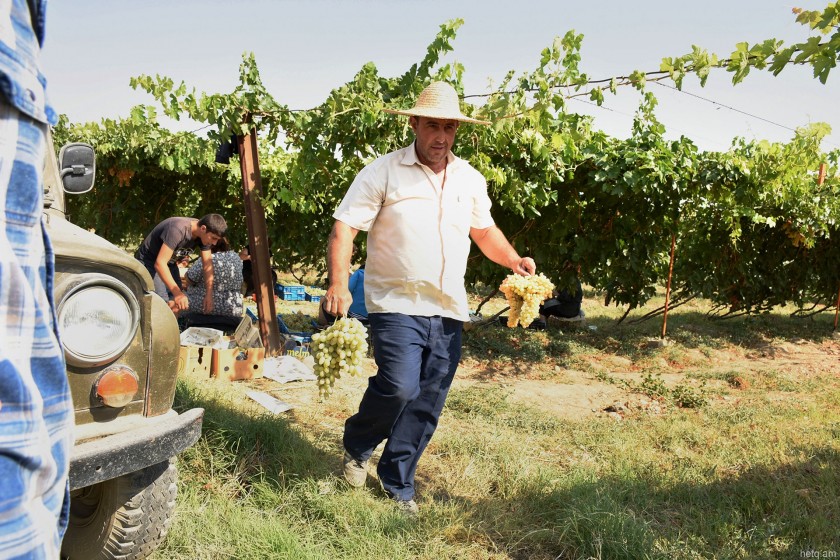
Garik the “Grape Oligarch” – Kaghtsrashen Native Steers Clear of Wholesale Market’s Ups and Downs
Гриша Баласанян
Garik Hakobyan has been growing grapes in his native Kaghtsrashen ever since the privatization of land in Armenia.
He first grew grapes on his own plot of land, but has since purchased others, for a total of two hectares today.
On almost one hectare, Garik’s built an ingenious installation of metal poles, allowing the grape vines to climb vertically, thus ensuring double the crop of grapes. It’s more difficult to harvest, but the added crop makes it worthwhile.
Garik says that grapevines growing in the traditional manner produce fruit after four years, while his vertical vines take twice as long.
He grows more than ten table grape varieties including red and white Kishmish, Cardinal, Van and Shahoumyan.
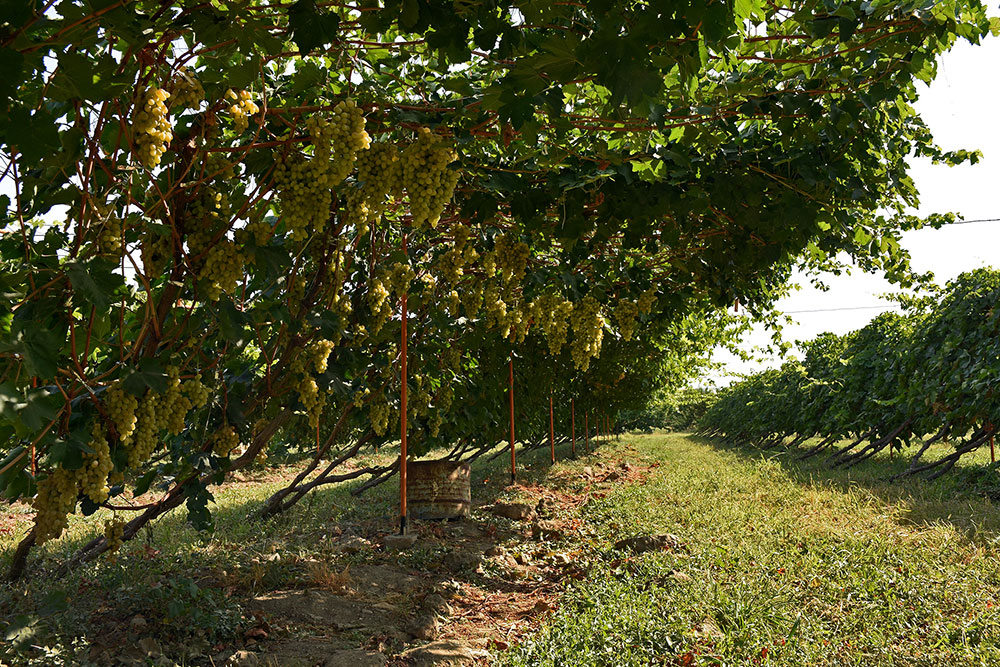
“Grape growing is probably the most difficult of agricultural pursuits, but it’s underappreciated. The sector has worsened in the past five years. Then, factories would purchase grapes at 130-150 AMD per kilo. Now, we get half that, and sometimes can’t even sell our grapes,” Garik complains.
Garik also points out another challenge of grape growing – grape theft. He says that one night last year 800 kilograms of grapes were stolen from his fields. He’s now built a small hut in the vineyard where he camps out, day and night, to ward off potential thieves.
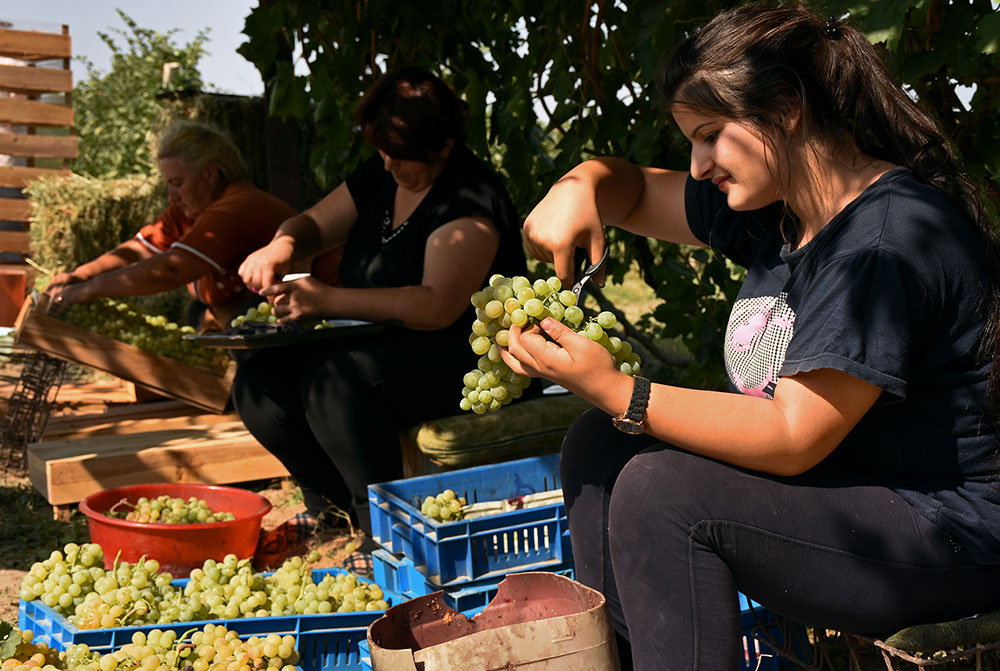
To bypass the vagaries of factory purchasers, Garik now sells his grapes at various local markets and via other means.
He doesn’t want a repeat of 2015, when he was forced to turn 19 tons of grapes into vodka due to a lack of wholesale buyers.
“There’s no stability in the market. If someone approached me and signed a contract saying he would buy my grapes at a specified price for the next 10-20 years, I’d jump at the chance. But, nothing of the sort exists,” says Garik.
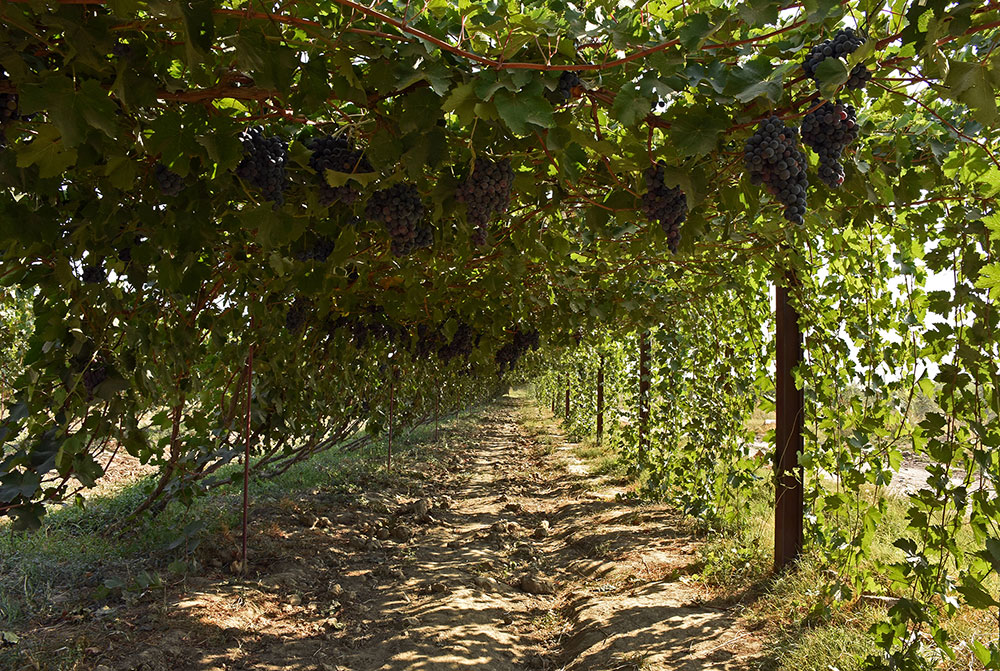
Today, he stores most of his grapes in refrigerated units. Grape prices are too low right now, adding that breakeven prices for one kilogram range from 130-200 AMD, depending on factors such as the weather that can impact the health of the crop.
Many give up in frustration, plowing their vines underfoot; but not Garik.
He says grape growing is a passion that he’s had since a child, and that the day he’s forced to destroy his vines will be his last living in Armenia.
On an average harvest day, there are 10-12 pickers working in the field from dawn until dusk. Some are family members, and others, day laborers. The women are paid 5,000 AMD ($10.50) per day, and men, who transport the heavy crates, get 6,000.
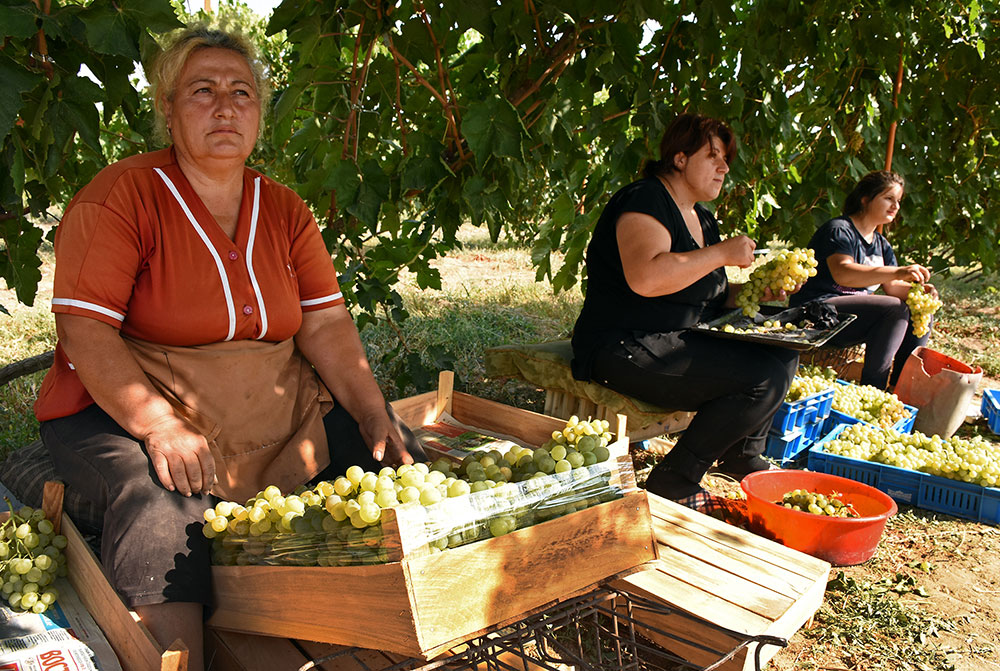
Anahit Mkhitaryan oversees the important task of sorting the grapes before crating. She’s been working in the vineyards for fifteen years as a day laborer.
She works her own vineyard, and then goes to those owned by other Kaghtsrashen residents.
The harvest last for some twenty days.
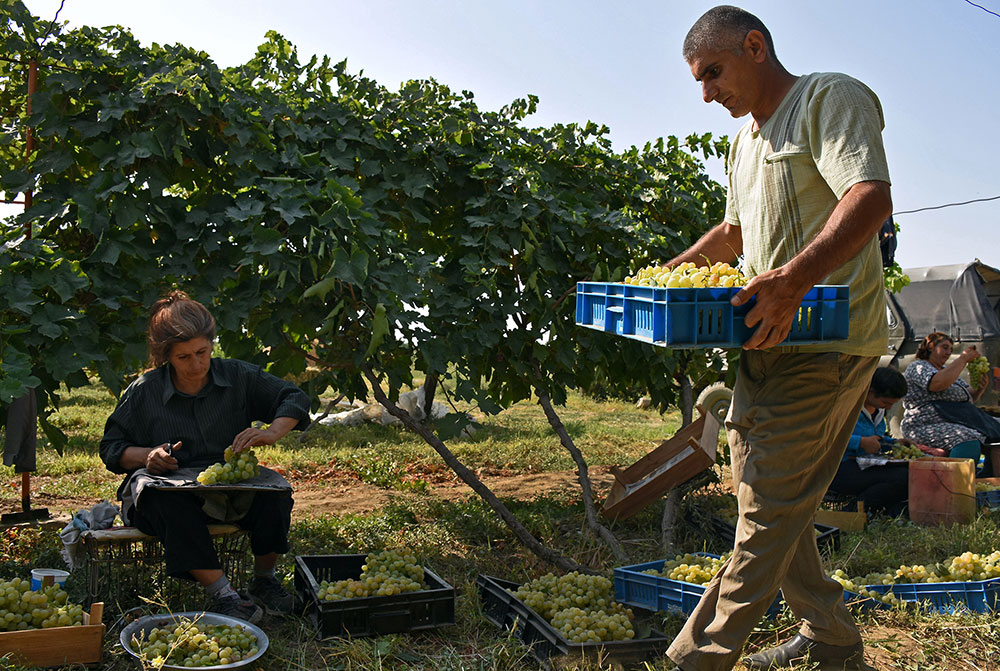
Garik, unlike many other growers, has no outstanding bank loans. The one time he took out a loan was in 2015, paying it back in time.
Nicknamed the Grape Oligarch in jest by friends, Garik says being independent is part of his nature.
“It’s hard work, and I might be damaging my health, but it’s a good feeling knowing I can grow grapes debt free,” says Garik.
Photos: Narek Aleksanyan
 Videos
Videos Photos
Photos
Write a comment